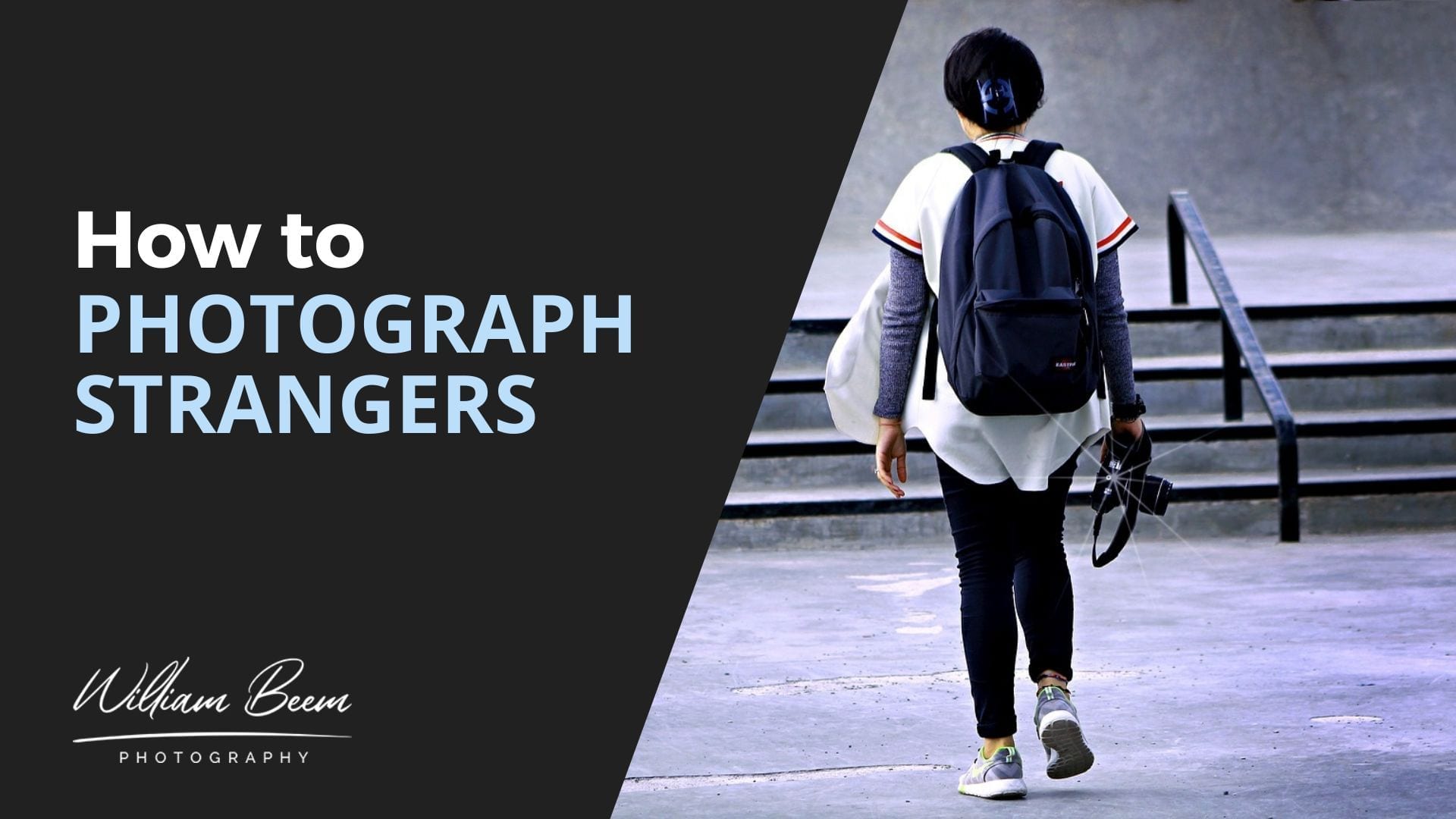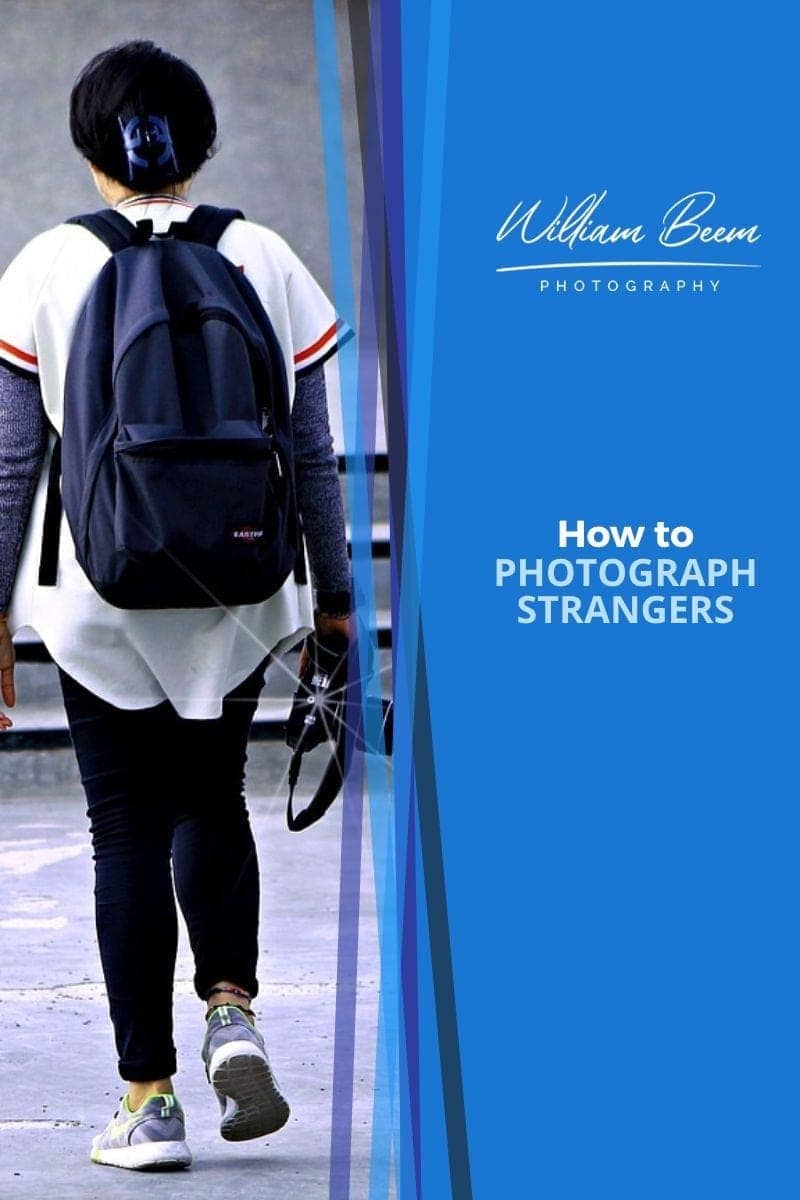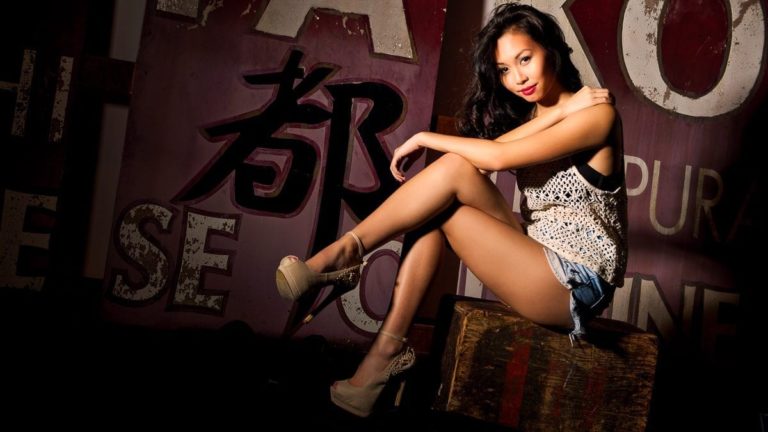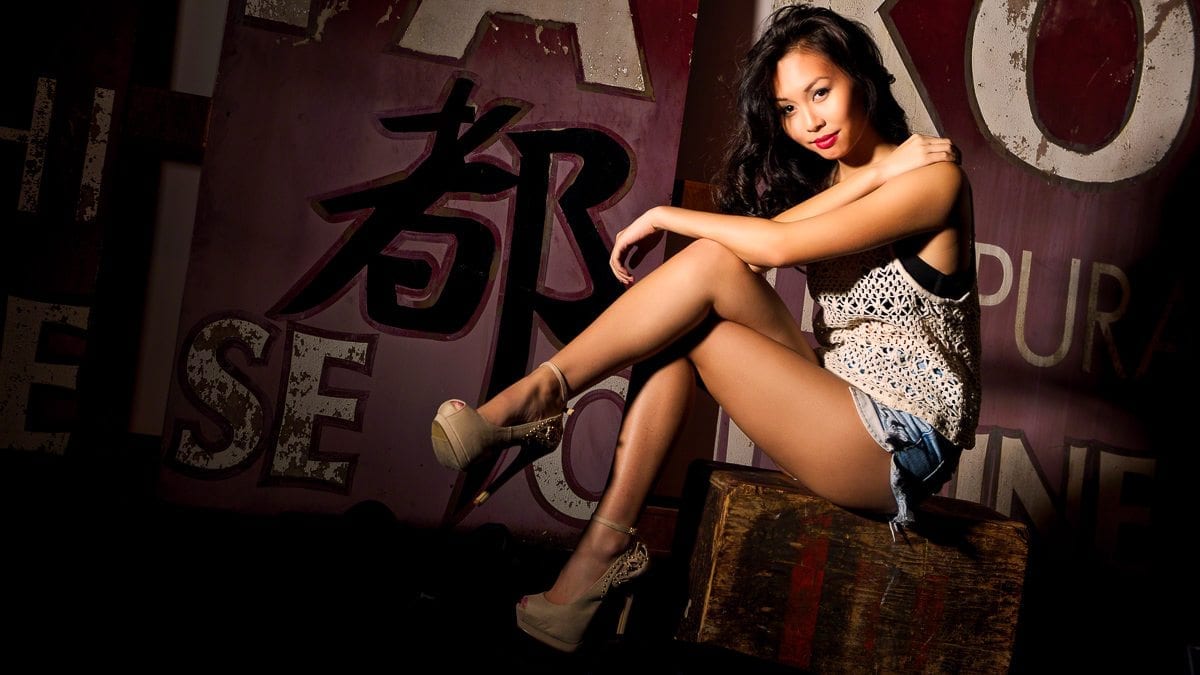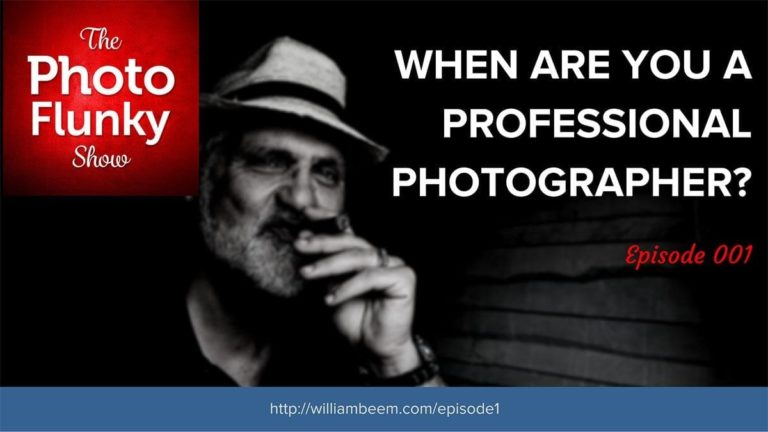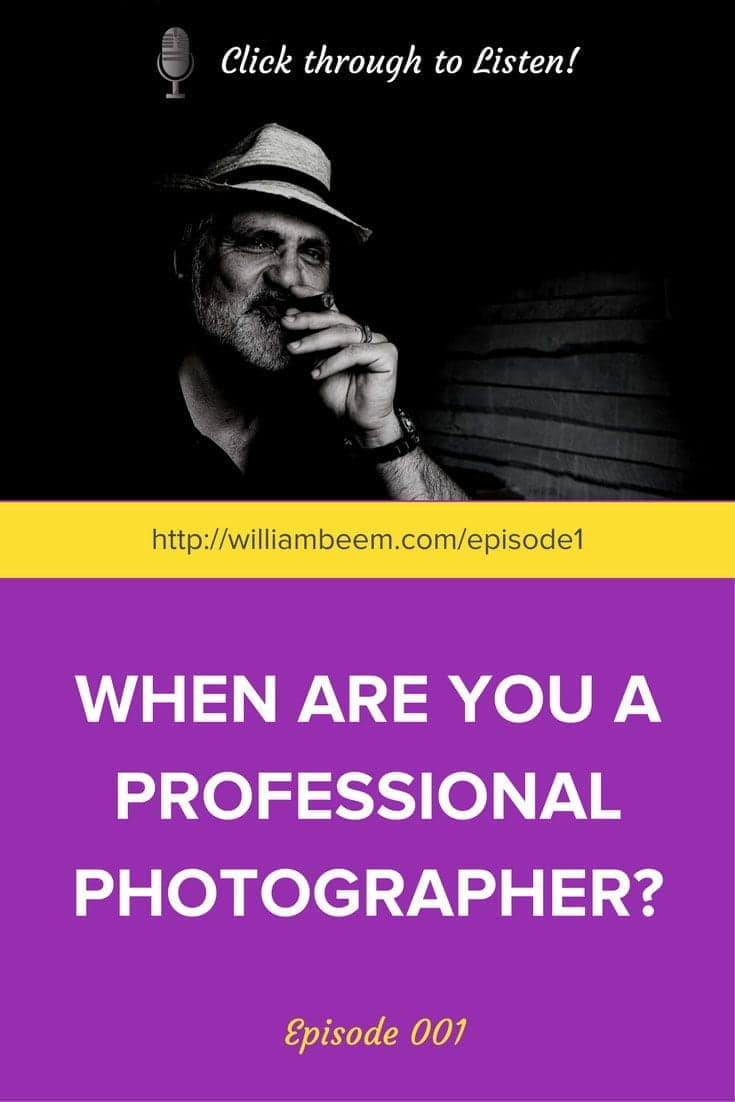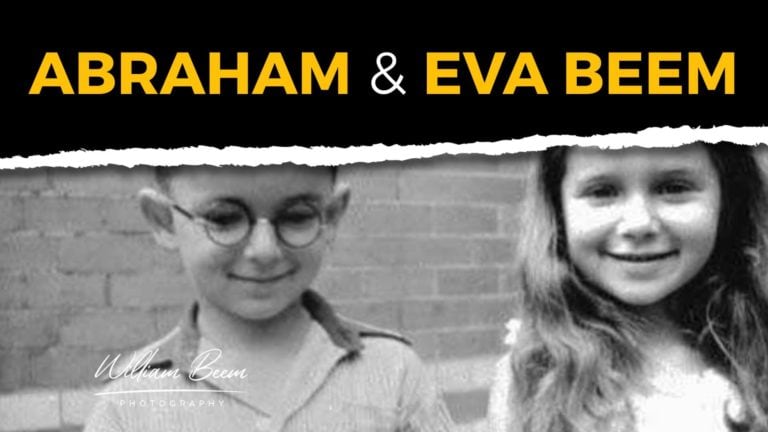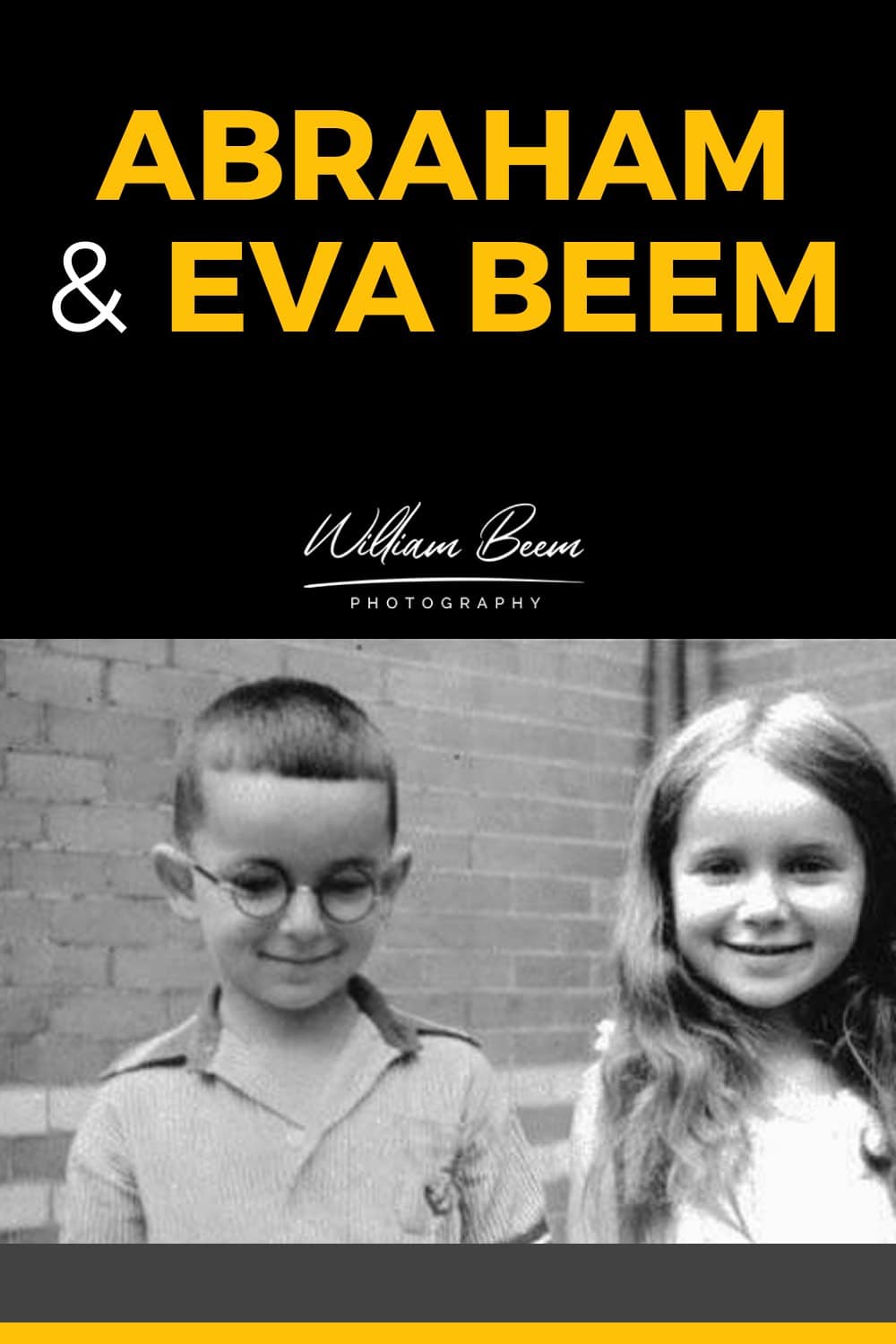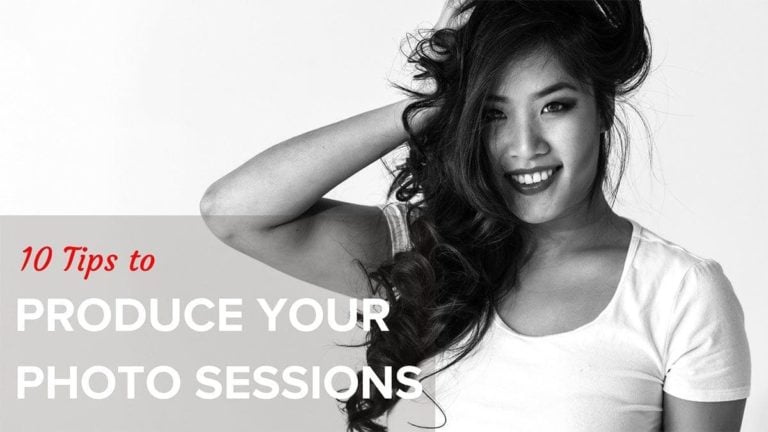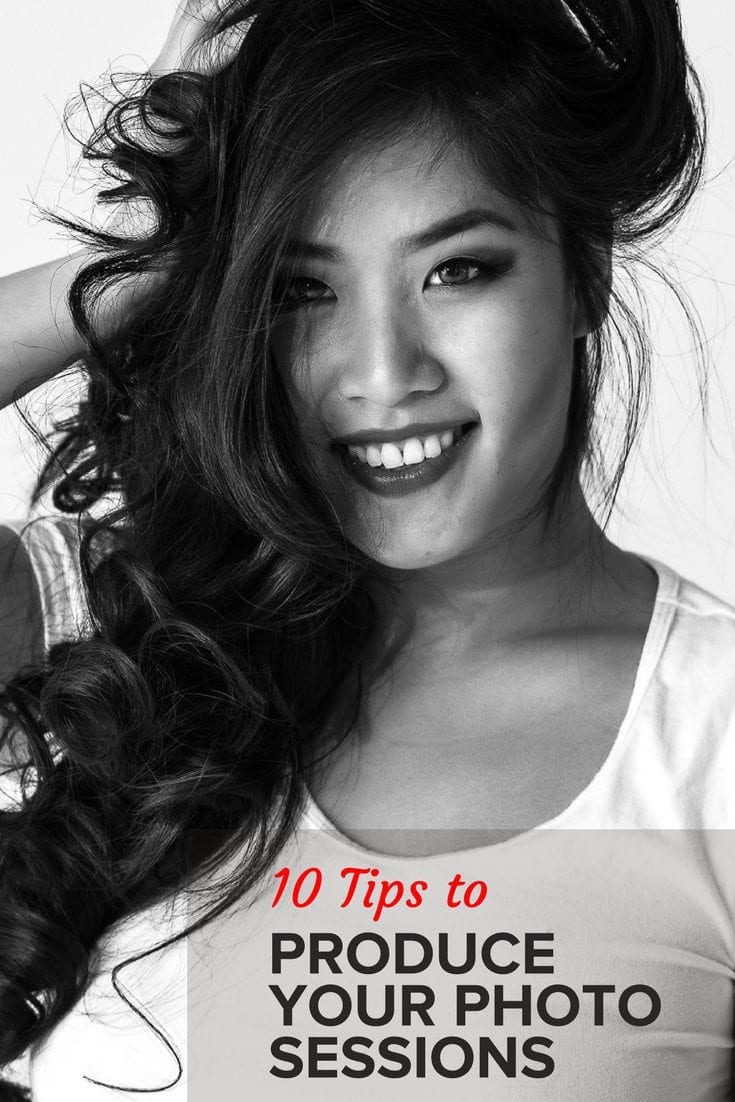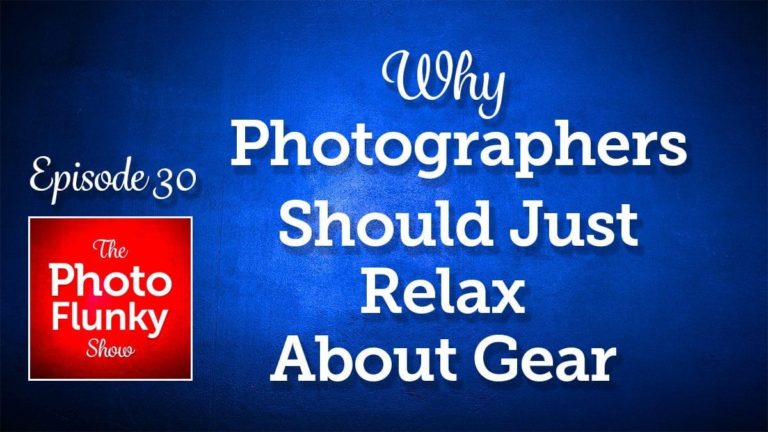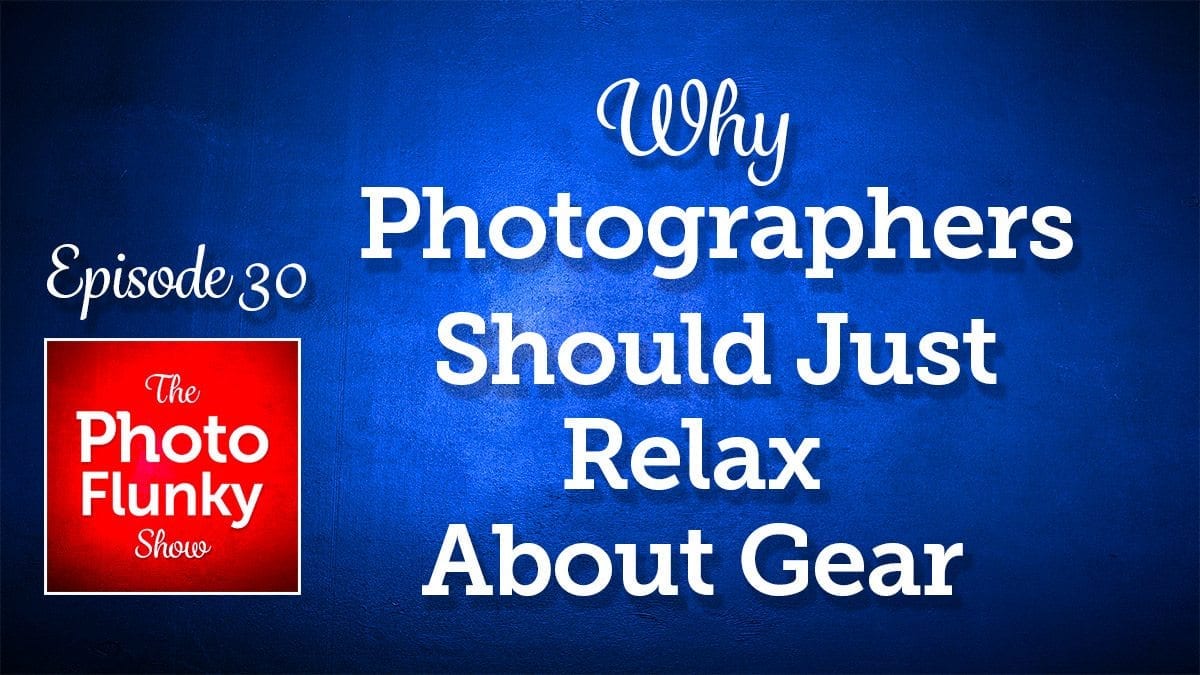Affiliate Disclosure: We earn a commission if you purchase through one of our links at no additional cost to you.
I’ve experienced a lot of times when I wanted to photograph strangers. The reason usually comes down to one simple thought: there’s a story that I want to tell.
The concern when I photograph strangers is whether I want to let them know what I’m doing. Sometimes a candid photo works best. Letting them know could mean interrupting the very moment that I want to record.
On the other hand, sometimes I want the stranger to engage with the camera and that means asking if they’re OK with a portrait.
We’ll discuss some of the pros and cons of each approach in this episode.
Why and When to Photograph Strangers
I have three reasons why I like to photograph strangers.
Keep in mind that I’m always in a public place when I photograph strangers. I never want to be invasive or try to see something when a person has an expectation of privacy.
If I had an interaction with someone, I always like to ask if they’re OK with a portrait. Most of the time, they agree and I can get them to engage with the camera.
In the latter two types of portraits – where someone is doing something or is having a special moment – I try to stand back as an observer and not interfere with what they’re doing. As I said, these types of photos are always in a public space. In these cases, I don’t request permission.
The real reason to photograph strangers is because I like people. They fascinate me by doing things, showing emotions, and it helps me understand how people live their lives. I guess there’s a mix of curiosity and philosophy that goes along with these photos.
Time Stamps
One of the things we're going to talk about today is street photography. And much of what I look for in street photography are people. I'm not necessarily looking for pictures just of the streets. I want to see how people are living, what they're doing. So today we're going to be talking about how to photograph strangers. I'm William Beem. Welcome to I Like Your Picture.
The show that helps you improve your photography with visual storytelling. What is visual storytelling? It's a method of approaching your photography with a knowledge of who you're trying to serve with your photos and what emotion you want to make them feel. We encourage you to concentrate on your subject, light and background to create a photo your audience loves. I'm glad you found us.
Hi, my name is William Beem. My name is Lee Beem. Man, I really screwed the pooch on that opening, didn't I? I don't, I don't know how well it's going to sound like when it comes out, because I've made a lot of mistakes. I'm gonna have to go back and edit it. So I hope it doesn't suck when you get to it,
but I'm just gonna let you know that behind the scenes. I really screwed that one up Third time was hilarious. It wasn't the charm. It was for me, but All right. So today we're talking about how to photograph strangers. The three takeaways we have is like, why do you want to take photos of strangers? Yeah. Should you get permission from them or not?
And what kind of photos do you want to take? So let's go ahead and get started with taking photos of strangers. And I'll be honest to me, I think of this as street photography, but it may not always be in the street. I mean, cause I've done this at Disney World too. Yeah. I can give plenty of examples of strangers that are not in the streets.
Give me this question, just to get this sort of... What attracted you to taking photographs of people that you don't know? There were photography groups on Flickr and at the time Google Plus. I was still fairly new at photography and I really was just experimenting to find my groove. One of the things that I lacked was any kind of social interaction. I didn't know anybody else who took photos or was into photos.
And I thought that this might be a nice way to engage, which ironically was quite a lonely endeavor. I enjoyed it, but I kind of did it. And that was it. I got the experience, which I enjoyed, but it was certainly not something I was going to pursue. The thing that gets me is I take photographs of strangers for a few reasons.
One is I've interacted with them somehow. And I liked that having a little memory, sometimes I'll pose with them sometimes not. And I've done this on model shoots when I get there, it's like, I don't even know who this person is, but this is before Lee and I got married and she was in the UK and I was at a workshop and I said,
Hey, I'd like to send the photographs to my fiancee. Would you pose with me so we can send a snapshot? And every one of them said yes. So I was sending a photographs of me sitting next to a young women and sending them off to my fiancée. It was, and you know what? That was nice, but that's, those were strangers.
So sometimes you're taking photos of strangers because there is a professional relationship or maybe you've been traveling and you meet them. I've got a snapshot of me with a lady named Lisa who was a waitress at Hard Rock Cafe in Amsterdam. And I love this woman. Not in the relationship kind of way, but when I was in Amsterdam, I learned things that Americans don't know about Europe.
And those things are that one, you get a very short glass. If you order a Pepsi or Coke or any kind of soft drink, and two, there are no ice cubes in it. Actually three, there are no free refills. Yeah. That's why people don't have all of these things that I always grew up with and took for granted as an American.
I went to another country and damned if they didn't have different rules. Yeah. So when your drinks, but if it's not, if it's alcohol, your drinks you'll continuously be offered drinks cause it's assumed that you want to drink alcohol, but honestly, having a soda with a meal, nobody cares when you finished your soda. You've had it. So, But this is the reason why I wanted to photograph with Lisa at Hard Rock in Amsterdam,
they had a different policy. Would you like another free refill? And Lisa was Irish. I can't do an Irish accent. I don't know why. I don't know why she was working in Amsterdam, but Lisa was there and she had this just gorgeous smile. And she was so friendly and clearly she was working for a tip, but I thought I said,
yes, I would. And they didn't give me the little short glass. They gave me a regular American sized glass filled with as much ice as I wanted and free refill. And I thought, this is my last day in Amsterdam. And finally I felt a little bit of a comfort of home. I know. It's like, why didn't we come here sooner?
But that was just one reason that I wanted to take photos of strangers. Another reason is I want to see the lifestyle. I wanted to get some captures of what people do and how they do it. So when I was in Cuba, there was a guy who worked for the, I guess the telephone department of whatever they have down there. And he was sitting on a stool,
opened up a cabinet, filled with wires. And I thought, that's interesting. That's cool. We visited some folks in their home and just saw how they live. It was very, it was clean and orderly, but also it was a very minimalist kind of thing. I mean, they didn't have many possessions, but what they did, they took care of them.
They took pride in what they had. And I really love those portraits. They're not going to win any prizes. They're not going to be the greatest photos anybody's ever seen, but I thought, I understand these people take pride in what they have. And that was very important to me. And even at Disney world, there were two boys, I'd say they're like,
you know, young teenagers, they were had their backs to me, but there were standing in front of this fountain that kind of sprays out. It almost looks like a water bubble. And I can't remember if this was an Animal Kingdom, they had their backs. I mean, you couldn't identify who they were and I'm not really out there trying to take pictures of kids,
but this was the moment that I saw, you know, and then what I'm just had their finger kind of pushed into it. And I thought that's a nice picture. And I took that shot and those are the kinds of things that get me. It's like, did I have an interaction with them? Are interesting showing something of life? Or is there just a moment?
I mean, I've done the same thing with kids that are diving off of a pier into the water. You don't know who they are. You'll never identify them again. But that's when I take pictures of strangers. Also, I've seen people at work. I like taking pictures of people who have their hands at work. Yeah. There was, there was a tobacco farmer who was rolling a cigar and you know,
I just took a photograph of him and he was okay with that. But Lee, you've also done street photography in the past and taken photos of strangers. What's your experience? I've done kind of a collection of things. I actually love nighttime photos with the lights and that. So street markets and things like that at night are beautiful. Now in Britain kind of winter time,
three o'clock in the afternoon, it's, it's dark, it's black outside, but it's still daytime. A big thing over there being so close to Europe was we'd get the German markets. They'd kind of come over for several weeks and they'd set up and they'd be there. That was like one of the features that was the big attraction to some of these bigger cities.
And I loved walking around and watching, because people had their craft here. You had people blowing glass, making these glass ornaments. You had people doing all kinds of things, a lot of food, obviously the Germans like their, their food and their wouldn't ornaments. So you had people carving things. So this was a great place to do it. But there were also people who were kind of wondering through who
kind of captured the mood and those. So if I was taking a photo of somebody who was working in their environment, typically I would ask them if I was taking a picture of random strangers that wasn't really trying to get a picture of the stranger or of that person. I was trying to get a picture of the atmosphere and the mood. So in that context,
I, I certainly did not. I tried to be inconspicuous and it was trying to kind of put people in a setting and it was almost nice that they were anonymous. That kind of gets to one of the points that we talked about is whether do you want to approach them and get permission or not? And I think that varies because as soon as you get permission and they're aware of the camera on them,
it changes them a little bit. Yeah. But there are other times I don't want someone to see me taking picture without having discussed them. And they get offended by it. A zoom lens is your friend. Well, this is kind of what I'm thinking is like, if you're going to look for that candid style of photograph, I think that you want to look for something that's just not in their face and intrusive to them.
It also depends. Are they in a public place or not? Where they expect people to be looking at them? You mentioned glassblowers. I remember I've got this photograph of a glassblower on main street at magic kingdom. It was candid. She's doing her work. And that's one of the things that fascinates me is people who have a skill or a trade or a craft. She's not there or trying collect tips from people take pictures.
If you go to a place like Las Vegas or many other places where they have street performers. Yeah. They'll pose for you. They don't mind having photographs taken. Like if you take their time and attention, it's kind of expected that you will give them a tip. I'm kind of okay with that. I've done that quite a lot with street performers and bands and things.
So there's something really interesting. If you want a photo, that's very different. So let's say you get a picture of somebody doing something or in a costume, or it was a certain look that is not something you typically get. You would have had to hire a model that costs money. So I kind of look at it as somebody who's outperforming on the street,
this is their livelihood. I'm quite happy to tip twice. The first tip once they know you've tipped them, softens them up. If, and this is when I'm really interested in, I would do that. Then I'd hang around, enjoy the show. And then I'd kind of make eye contact. And they were only too happy to carry on posing and then I'd tip them.
And thank them before I left. I kind of figured 10 bucks for 30 minutes of sitting there with my camera for five shots that I really like. I was perfectly happy with that. You couldn't rent them all for that. Well, if he did, I don't know what you're going to get, but this is their livelihood. So there are certain situations.
I think it comes down to a little bit of common sense and just kinda being considerate. All right, I've got two stories about candid and posed portraits. So the first one is about a candid portrait. This was in, or at least I planned for it to be a candid portrait. This was in Cuba. There was this colorful wall. There was an old lady coming who had a coat on.
That was kind of like the opposite color. I forget. I can't remember if a wall was blue and she had a yellow coat or vice versa. I'll have to go back and look at the picture. But she was walking along with that. That's one of those moments where you think find a stage and the actors will come, she's coming along. And she sees me with my camera and I'm with a group of photographers.
This is on the Santa Fe photographic workshops tour in Cuba. That's, that's how I came to be. I wanted to just get the candid shot of her, but she's an older woman. She sees me and she smiles. She knows her head looks at me and she recognizes that I'm a photographer. She says, Hey, you know, she doesn't speak English,
but she's, you can tell from the gesture like, Hey, you want to take a portrait? I say, yes. And I'm happy. And I'm smiling. And I'd take the photograph. Only one photograph. Immediately, her demeanor changes to a frown. She shoves her hand up. Peso! What? Peso! I don't have a peso. I have like bills with 20 pesos.
And I open up my wallet and show her. I wasn't the smart man. Finally, you know, someone else in the group came up and gave me a peso to give to her, but she was not leaving without her peso. There was no agreement that there would be a peso in advance, but I guess that's just the way things work there.
So I was, I was a real dummy for being in that environment, taking the photograph that I thought was going to be candid, but it turned out. She recognized me. She wanted her peso, and she got it. The other one about posed portraits years ago, I was on Flickr and the gentlemen who goes by Thomas Hawk,
out there. He's very popular on Flickr. He does photograph all the time. He had something that he called a $2 portrait. Basically he lives in, I think the San Francisco area, he take portraits of homeless people and give them $2 for it. And in California, there are plenty of homeless people. I'm on a business trip in Seattle. And I thought,
well, I'll try this. I've got my camera. I'm down in like the fish market and thinking other places in that area. And the guy comes up to me in the asks for money. I said, well, I'll tell you what, I'll give you a couple bucks. If you let me take your picture. And he agreed to that, you know,
it was a fair exchange. It's a posed portrait. I take a picture and I show it to him. It's like, Oh man, I look awful. And that turned me right off the project right away. Because although we came up with an agreement, I didn't realize that he really didn't understand how he looked. And the whole thing made him feel worse about his day.
So you went and got him a haircut, right? Not quite, you know, I gave him his money and I think I tossed a little bit more on there, but I just thought sometimes when you get somebody and do a posed portrait, it might change their day. This was something I did not anticipate at all. Yeah. You were hoping he'd be pleased with the,
Well, I'd hope you'd be pleased with getting paid. And, but when I showed him the, the portrait, I mean, he was just like, this is how I look? I never showed that portrait anywhere else. Yeah. Well that's, I totally understand that I would have done the same thing, But it's one of those things. That's how is the person going to react or respond to taking photographs of them?
I think street performers, you know, they're out there to be seen. They, you know, they want a few bucks from you for whatever you get. They'll take anything. Except in New Orleans. And it's a fair exchange, I guess. Oh, tell me about New Orleans. Oh, it was in Bourbon street and it was kind of early in the evening.
It was last year and I was walking along there. There were a lot of things like the evening hadn't really started yet. The sun was just going down. The lights were coming on. And so you had a lot of people setting up. There was this guy who was completely covered in gold or a foil or something. He hadn't started doing anything,
but you could see he was setting his stuff up. I was standing with a, I think it was just with my phone. Maybe it was that little Canon camera. And I was trying to take a photo of something beyond him. So actually I was aware he was there, but I wasn't really paying any attention to him. And all of a sudden I hear this yelling and realized that it was him.
And he thought I was taking a picture of him and he's busy screaming at me. And I thought I was going to say, well, you know, actually I could take a picture. And I looked at this guy, I thought, no, you're just crazy. So let's assume you're in a public space. And I said, no, I don't want a photo.
But he was like, I thought he was going to chase me down. I put the camera away and decided to use my phone after that. And this is one of the things that I wonder about, you know, when you're taking photos and obviously we're talking about taking photos in a public place. I took our daughter to an art show, not far from where we live and it's in a park and I'm taking photos there.
And one of the artists comes out and he starts screaming at me. You had the video, I had the video camera and the whole idea that the event was, I was going to take a video of the art to show on a different website that we had and say, this is something that's going on. And I wanted to promote these artists. You know,
in other words, I thought that was a nice thing. I thought it was like, Hey, if this is going on, this is one of the advantages of living in the Orlando area. Like you get these different art shows and these are people that create stuff that you don't find at Target and Walmart. And, but he was not having a,
he came out, he got another one and they started screaming at me and he was talking about, beating me up and breaking my camera and all that stuff. And I thought, well, you know, you're in a public place. I stopped taking the video. I mean, obviously their video of a ranting crazy man is not really going to help promote them.
And next thing he knows, there's a cop nearby and he yells at the cop. Like this guy has taken our video and the cop just looked over his shoulder said, it's the public place. Yeah. And that was it. As I was walking off, mind you with my teenage daughter or our teenage daughter, I hear him talking behind me.
Well, if the police aren't going to do anything, we're going to have to take this into our own hands. Yeah. That's kind of, and this is something to be aware of when you're in a public place. One thing about strangers, you have no new idea, whether they're hinged at all and what's going to cause that last screw in the head to come out,
you've got to proceed with caution. And that's why sometimes you take candid portraits. And portraits I'm using as candid, a photographs of strangers. You don't necessarily know how they're gonna react. There are plenty of people that come said, Hey, do you mind if I take your photograph? And they'll say yes or no, that's kind of it. Every once in a while,
there are some people out there who's just like, they've got some mental image that some bad is going to happen to them if you've taken a photograph or video of them. Well, I think one of the things that I just applied to myself, I didn't really think of it very specifically in terms of a rule, I guess to me, it was just good form.
But if I was going to zoom in, or if I was going to get a closeup where you had good clear features of somebody's face, I didn't do anything like that anonymously. So typically I'd reserve that for when it was the performer. They knew that I was there. You know, they've had an opportunity to indicate that they don't want it because also remember if you're going to go and post things online

